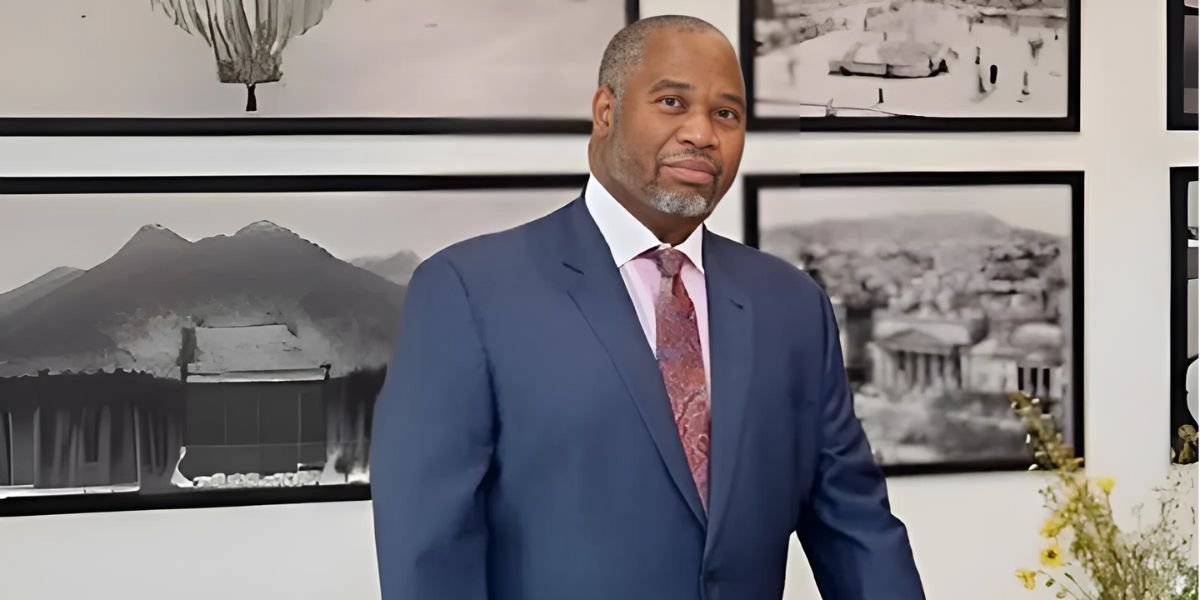Remember those old movies? The ones where everyone sounded vaguely British, yet undeniably American? Those were the days of the transatlantic accent – a meticulously cultivated speech pattern that dominated Hollywood from the silent film era’s transition to “talkies” in the late 1920s all the way to the mid-1950s.
But what exactly was this transatlantic accent, and how did it vanish from our movie screens? Let’s delve into the fascinating – and slightly bizarre – journey of this bygone way of speaking.
A Touch of Class (and a Dash of Fabrication): The Allure of the Transatlantic Accent
The transatlantic accent wasn’t a natural regional dialect spoken in any part of the United States or Britain. It was, in essence, an invented speech pattern – a carefully curated blend of British and American pronunciations.
Actors would drop their r’s (“mothah” instead of “mother”), soften their vowels (“cawfee” instead of “coffee”), and emphasize certain consonants (“tahm” instead of “tom”). According to a recent study on historical accents in film, this accent was promoted by elocution coaches and drama schools of the time as the pinnacle of sophisticated speech. Think of actors like Katharine Hepburn and Cary Grant, whose transatlantic delivery epitomized Hollywood glamour.
The transatlantic accent wasn’t just about sounding posh; it served a practical purpose in the early days of sound films. Since microphones back then weren’t as sophisticated, the transatlantic accent’s clear pronunciation ensured audiences across the globe could understand the dialogue, even with the limitations of the new technology.
Additionally, this carefully crafted speech pattern aimed to project a sense of neutrality, avoiding any specific American regionalisms that might alienate viewers from different parts of the country. Imagine a time before cable TV and streaming services, where Hollywood films were a major source of entertainment for a vast and diverse audience. The transatlantic accent aimed to bridge that geographical gap.
Beyond the Silver Screen: The Allure of Transatlantic Accents in Everyday Life
The influence of the transatlantic accent extended beyond the silver screen. In the early 20th century, achieving a “proper” speaking voice was a mark of social status in the United States. Wealthy families would hire elocution coaches to train their children in the art of the transatlantic accent, similar to how some families today might invest in etiquette classes. This association with refinement and social standing further cemented the transatlantic accent’s appeal in Hollywood films.
Beyond the Microphone: Cracks in the Transatlantic Facade
However, the transatlantic accent’s reign wasn’t destined to last. Several factors contributed to its decline in the latter half of the 20th century. Firstly, as film technology improved, the need for such clear, enunciated speech lessened. Microphones became more sensitive, and sound mixing techniques advanced. S
econdly, the rise of American realism in films saw a shift towards more natural accents, reflecting the diverse regional dialects of the country. Think of actors like Marlon Brando and James Dean, whose raw, unpolished delivery ushered in a new era of authenticity on screen. Their performances resonated with audiences yearning for stories that mirrored their own lives and experiences.
Beyond the Studio System: A Changing Social Landscape
Another factor was the changing social climate. Post-World War II America saw a rise in national pride and a rejection of anything perceived as “too British.” The transatlantic accent, with its association with upper-class snobbery and a bygone era of Anglophilia, started to feel out of touch with the evolving American identity. Consider movies like “On the Waterfront” with Marlon Brando’s working-class Brooklyn accent, a stark contrast to the transatlantic speech of earlier films like “Casablanca.” This shift in cultural attitudes mirrored the decline of the accent itself.
Beyond the Fade-Out: A Legacy Beyond the Silver Screen
The transatlantic accent may have faded from mainstream cinema, but its legacy endures. It serves as a reminder of a bygone era of Hollywood glamor and a time when film studios dictated the way people spoke on screen. Additionally, the transatlantic accent’s focus on clear pronunciation continues to influence voice acting, particularly in animation, and certain broadcasting styles, especially in documentaries narrated in a formal tone. Think of audio recordings from the mid-20th century, where news anchors often incorporated elements of the transatlantic accent.
The transatlantic accent’s story is a fascinating one, a testament to the ever-evolving relationship between language, culture, and the world of cinema.








